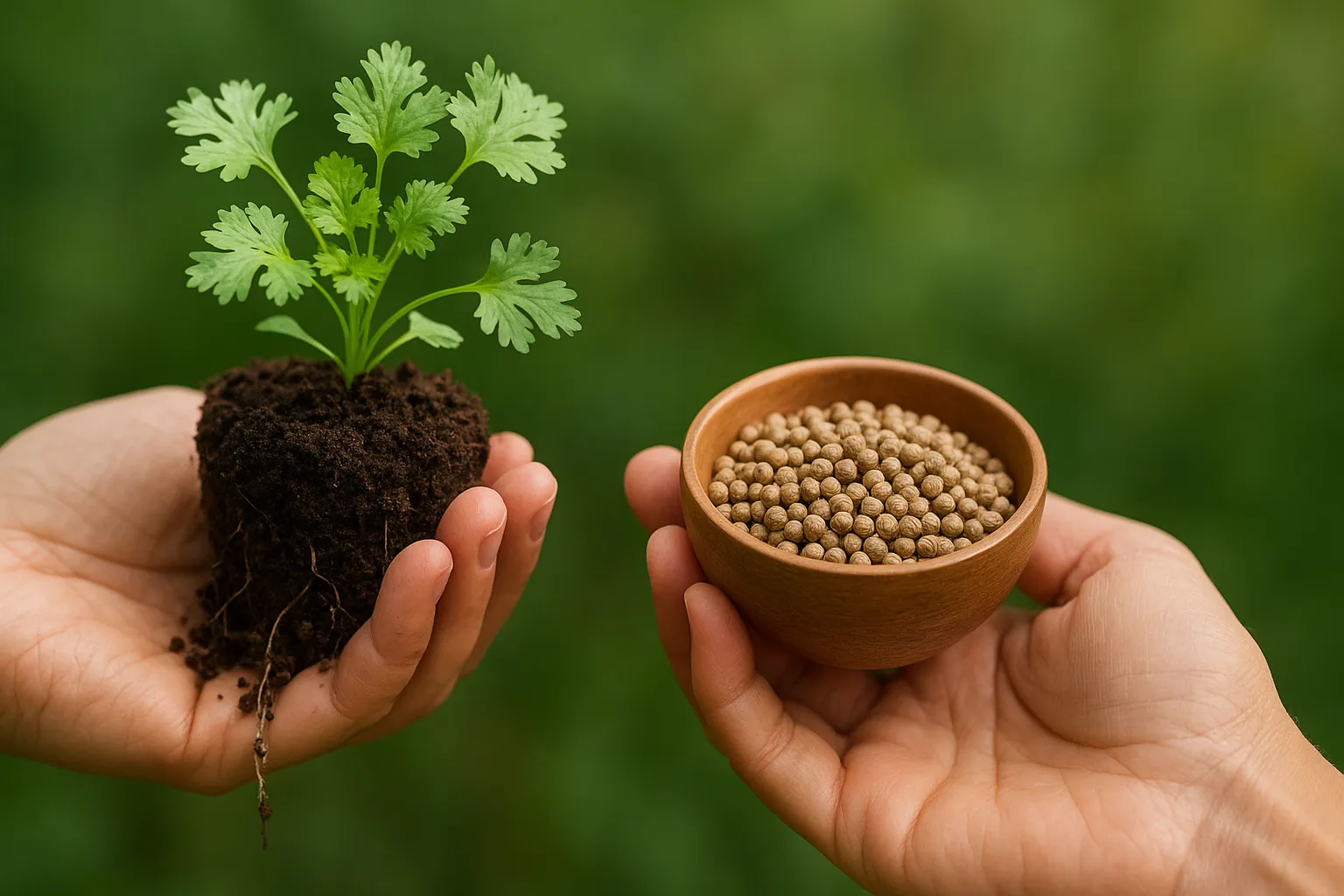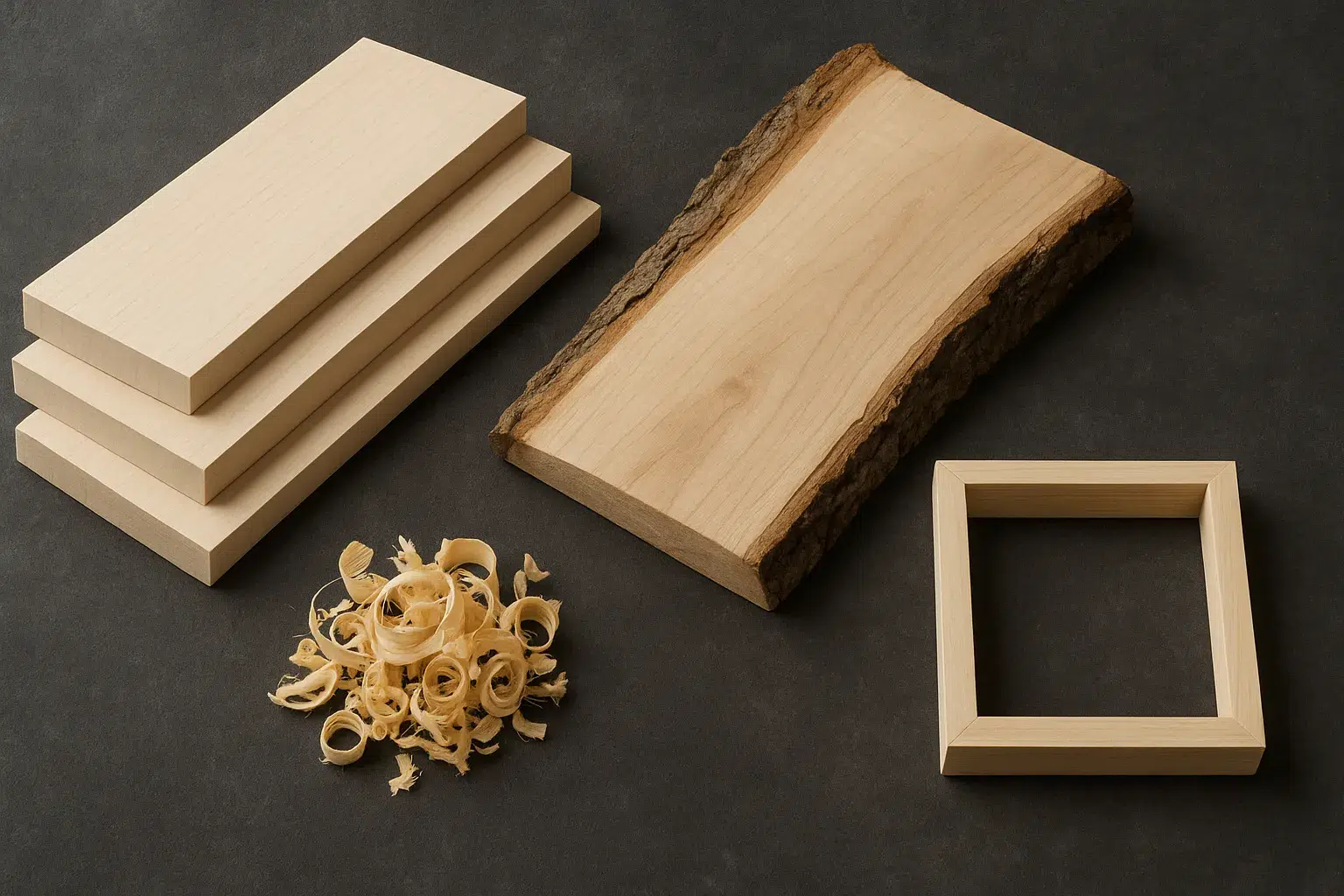Walk into any kitchen from Mexico to India, and you’ll likely find a hint of green or a jar of earthy seeds that form the soul of countless dishes. This is the world of Koriandri—a herb so versatile that its leaves, seeds, and roots each tell a different culinary story. Often causing confusion with its multiple names (cilantro, coriander), Koriandri is the umbrella term we’ll use to explore this plant in its entirety. If you’ve ever wondered how one plant can be the star of a zesty salsa and a warming curry, you’re about to find out.
Let’s dive into the journey of Koriandri, from your garden soil to your global plate.
A Pinch of History: The Ancient Journey of Koriandri
Koriandri isn’t a trendy new superfood; it’s a historical heavyweight. Evidence of its use dates back millennia, with traces found in the tombs of Egyptian pharaohs, where it was placed as an offering for the afterlife. Ancient Sanskrit texts and Roman recipes, which used it to preserve meat and flavor bread, also sing its praises.
The name itself has a quirky origin, derived from the Greek word ‘koris’, meaning bedbug, due to the strong scent of the fresh leaves. But don’t let that put you off—this potent aroma is precisely what makes it so beloved by chefs and healers alike. Through ancient trade routes, Koriandri seeds traveled from the Mediterranean to Asia and the Americas, embedding themselves into the fabric of world cuisine.
Koriandri in Your Kitchen: A Culinary Chameleon
The magic of Koriandri lies in its dual personality. The fresh leaves (often called cilantro) and the dried seeds offer two completely distinct flavor profiles, making the plant incredibly versatile.
- The Fresh Leaf: Bright, citrusy, and for some, controversially soapy (a genetic trait!), the leaves are a finishing herb. They bring dishes to life when stirred in at the last moment or used as a vibrant garnish.
- The Dried Seed: Warm, nutty, and subtly sweet with a hint of citrus, the seeds are a foundational spice. Toasting them unlocks their full, aromatic potential, making them perfect for spice blends and slow-cooked dishes.
The following table shows how Koriandri is used across different global cuisines:
| Cuisine | Part Used | Signature Dishes | Flavor Profile it Creates |
|---|---|---|---|
| Mexican & Latin American | Fresh Leaves | Salsa, Guacamole, Ceviche | Bright, citrusy, fresh |
| Indian & South Asian | Seeds & Leaves | Curries, Chutneys, Garam Masala | Warm, earthy, citrus-undertone |
| Middle Eastern | Seeds & Leaves | Falafel, Tabbouleh, Meat Marinades | Earthy, aromatic, slightly sweet |
| European | Seeds | Sausages, Pickling Spices, Rye Bread | Warm, nutty, peppery |
More Than Flavor: The Remarkable Health Benefits of Koriandri
For centuries, Koriandri has been a staple in traditional medicine systems like Ayurveda and Traditional Chinese Medicine. Modern science is now catching up, validating what herbalists have long known: this herb is a powerhouse of wellness.
Here’s a quick look at the proven health benefits of Koriandri:
| Benefit | How Koriandri Helps | How to Use |
|---|---|---|
| Digestive Aid | Soothes upset stomach, reduces bloating, and stimulates healthy digestion. | Chew on a few seeds or brew a soothing tea from crushed seeds. |
| Blood Sugar Support | May help stimulate insulin secretion and lower blood sugar levels. | Incorporate seeds and fresh leaves into your daily meals. |
| Natural Detoxification | Compounds in the plant can bind to heavy metals, aiding in their removal from the body. | Add a handful of fresh leaves to your smoothies or salads. |
| Anti-Inflammatory | Contains antioxidants that can help reduce inflammation in the body. | Use the essential oil in aromatherapy or consume the herb regularly. |
| Skin & Hair Health | Rich in antioxidants and vitamins that protect skin cells and strengthen hair. | Use skincare products with coriander oil or apply homemade hair rinses. |
From Garden to Table: Growing Your Own Koriandri
The good news is that you don’t need a green thumb to grow Koriandri. It’s a rewarding herb for any home gardener, as you can harvest both the leaves and the seeds.
Quick Tips for a Thriving Koriandri Plant:
- Sowing: Plant seeds directly in a pot or garden bed with well-draining soil. They enjoy a sunny spot but appreciate a little afternoon shade in hotter climates.
- Watering: Keep the soil consistently moist but not waterlogged. This is key to preventing the plant from “bolting” (flowering too early).
- Harvesting Leaves: Snip off the outer leaves once the plant is about 6 inches tall. Harvest regularly to encourage bushier growth.
- Harvesting Seeds: If you let the plant flower, it will eventually produce green seeds. Wait for them to turn a light brown on the plant, then cut the stalks, place them in a paper bag, and let them dry completely. Voilà—you have your own Koriandri seeds!
Embracing the World of Koriandri
Koriandri is far more than a simple herb. It’s a historical artifact, a global citizen, a natural healer, and a gardener’s delight. Whether you’re sprinkling the fresh, confetti-like leaves over a taco, toasting seeds for your favorite curry, or brewing a calming tea, you are participating in a tradition that spans thousands of years.
So, the next time you see this humble plant at the market, grab a bunch. Let Koriandri add its unique layer of flavor and wellness to your life. Your kitchen—and your body—will thank you for it.



